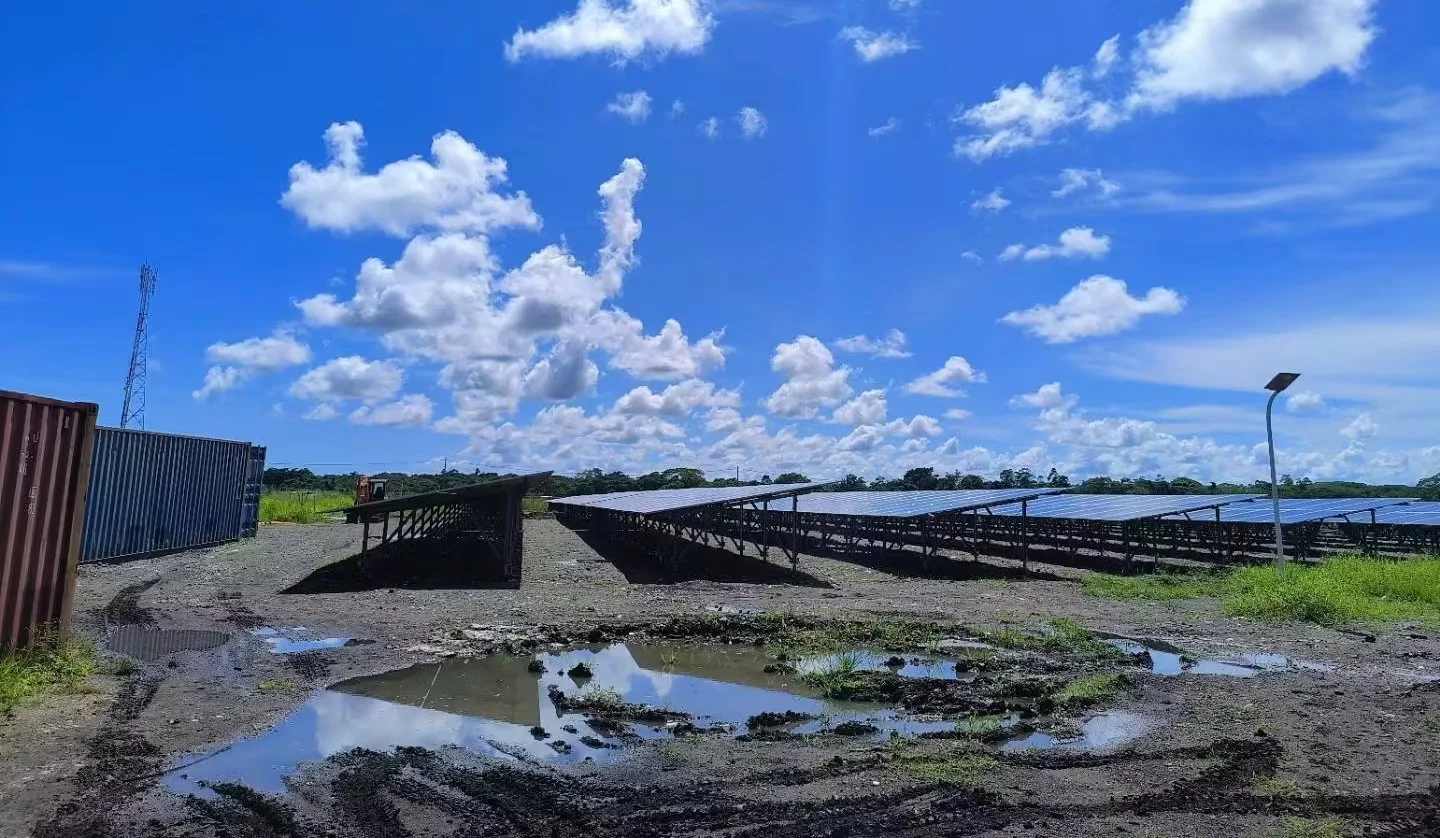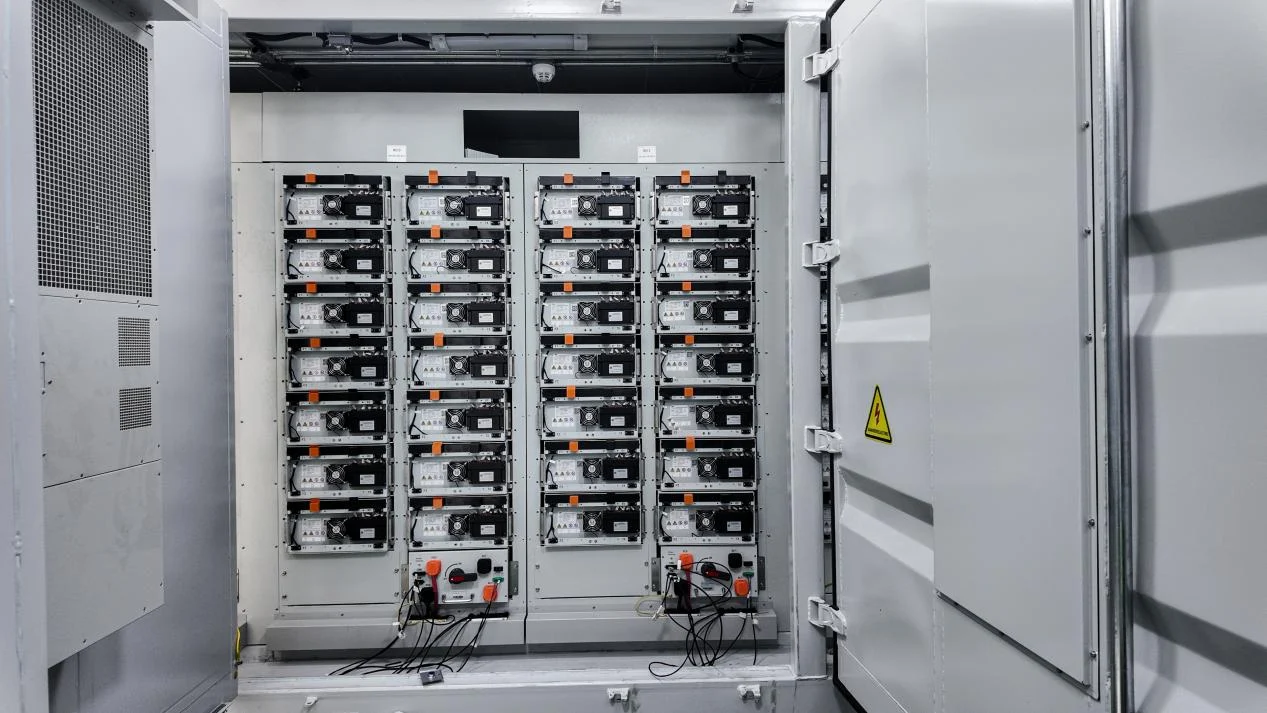2025-02-20
In the early morning, when sunlight breaks through the clouds and hits the ground, each square meter of land on Earth receives enough energy per second to light an incandescent lamp. This inexhaustible light energy is changing the way we think about the energy system. According to the International Energy Agency, in 2023, global solar power generation surpassed hydropower for the first time, and the cost of photovoltaic modules fell 82% from 2010. When photovoltaic power stations begin to appear in the Sahara Desert and Antarctic research stations, when the annual income of rooftop photovoltaic in rural China exceeds that of corn farming, a question arises: Is solar energy becoming the ultimate answer to the human energy system?

In the desert of Ordos, Inner Mongolia, the world's first gigawatt photovoltaic hydrogen production project is converting sunlight into green hydrogen, and the cost per cubic meter of hydrogen has approached that of traditional fossil fuel hydrogen production. Behind this is the amazing evolution of photovoltaic technology: the efficiency of single-crystal PERC cells has exceeded 24%, and the laboratory efficiency of perovskite stacked cells has reached 33.9%, while the efficiency of mainstream polysilicon modules was only 15% a decade ago. The cost curve continues to decline, and the winning price of 600MW PV projects in Saudi Arabia in 2023 is as low as 1.04 cents/KWH, equivalent to less than 7 cents in RMB, 60% lower than the cost of local coal-fired power plants.
This revolution has reshaped the economics of energy. In Rajasthan, India, farmers installed photovoltaic panels over irrigation canals to generate electricity and reduce evaporation, increasing land utilization by 40 percent. China's Shandong fish-light complementary project, water power generation, underwater fish farming, per mu yield increased by three times. When the cost of kilowatt-hour (LCOE) over the life cycle of photovoltaic systems falls below 0.1 yuan, energy production shifts from capital intensive to inclusive infrastructure, which is the first time since the Industrial Revolution that marginal cost approaches zero energy forms.
In the molten salt tower of Dunhuang Gobi Beach, tens of thousands of heliostats focus sunlight on the 260-meter-high heat-absorbing tower, and the 12-hour heat storage system allows the power station to achieve 24-hour continuous power supply. This hybrid model of solar-thermal photovoltaics is cracking the biggest shortcoming of solar energy - intermittency. In 2024, the quantum dot photovoltaic glass developed by the US Department of Energy laboratory achieves 8% power generation efficiency while maintaining 70% light transmittance, and the glass curtain walls of skyscrapers are being converted into vertical power plants.
The more profound changes are taking place at the micro level. The photovoltaic - electrolysis integrated device developed by the Helmholtz Institute in Germany directly converts solar energy into hydrogen energy, and the energy conversion efficiency exceeds 20%. Australian scientists have grown genetically modified cyanobacteria that triple photosynthesis efficiency and can continuously produce biofuels in a closed reactor. These innovations are building a "solar +" three-dimensional energy network, allowing sunlight to be converted into multiple forms of electricity, heat, and chemical energy.
In Talatan Photovoltaic Park in Qinghai Province, the photovoltaic panel array reduces the surface evaporation by 30% and increases the growth height of pasture by 15 cm, forming a unique "photovoltaic pasture" ecology. But this local improvement cannot hide the system-level contradiction: if the world is to achieve net zero emissions, by 2050, new photovoltaic installations will need to be equivalent to building three Three Gorges power stations every day. This will consume 75% of the existing silver reserves, 30% of the annual production of electrolytic aluminum, and generate tens of millions of tons of retired photovoltaic panel waste.
The regional divide is equally sharp. Equatorial regions receive five times as much solar radiation as polar regions, but the current decay rate of photovoltaic modules in high temperature and high humidity environment is still 2%/ year. In the Nordic countries, the average daily photovoltaic power generation time in winter is less than 2 hours, and the cost of supporting energy storage systems accounts for 45% of the total investment. These realities remind us that the universality of solar energy is still constrained by the multiple constraints of materials science, grid architecture, and geoclimate.
When Dubai uses photovoltaic power to desalinate seawater to grow wheat, and when SpaceX plans to deploy solar-powered satellites in synchronous orbit, humanity seems to be approaching the utopia of "energy freedom." But the laws of physics define the theoretical boundary: the total amount of solar radiation at the top of the Earth's atmosphere is about 1.7×10^17 watts, and even if photovoltaic efficiency reaches 50% in the future, global energy demand will still account for 0.02% of the total radiation. This may seem like a small percentage, but it is equivalent to accurately gathering the energy of 200 ping-pong balls on a soccer field.
A deeper paradox lies in the shift in energy patterns. The development of artificial intelligence and quantum computing has reduced the energy consumption per unit of information processing by 50% every year, but the total amount of global data doubles every two years. As humanity shifts from "getting more energy" to "using energy smarter," the ultimate value of solar energy may not lie in replacing all energy sources, but in building a new balance between energy density and efficiency. The German Industry 4.0 experimental factory has implemented a photovoltaic direct supply digital twin system, which deeply coupled the energy flow and information flow, indicating a fundamental shift in the production paradigm.
On the edge of the Sahara Desert, a Sino-French joint superphotovoltaic power station transmits electricity to Europe through high-voltage direct current lines, while using the surplus electricity to capture carbon dioxide. This "PV +" model reveals the essential feature of the future energy system: there is no single ultimate energy source, only the optimal combination of solutions. The complementarity of wind power at night, the time-space transfer ability of hydrogen energy, and the baseload guarantee effect of nuclear energy are all forming a synergistic effect with solar energy.
Breakthroughs in materials science are rewriting the rules of the game. The ultralight thin film photovoltaic developed by the MIT team in 2024 can generate up to 500 watts of electricity per kilogram, 20 times more than traditional components, making it possible for photovoltaic drones to fly continuously for three months. Molecular photovoltaic materials from Chalmers University of Technology in Sweden convert sunlight directly into liquid fuel. These innovations are not a simple optimization of solar energy, but a redefinition of the physical path of energy conversion.
Standing at the critical point of the energy revolution, we may have to abandon the "ultimate energy" obsession. As photovoltaic agriculture makes deserts bloom into oases, and photovoltaic buildings turn cities into power generators, solar energy is quietly changing the way human civilization interacts with natural energy. This change is not replacement, but symbiosis; Not the ultimate answer, but eternal evolution - just as plants took billions of years to perfect photosynthesis, humans will also write a new epic of energy civilization in the conversion of light and electricity.

Another all-time hot year? Here’s why China’s new carbon rules impact your business

Synergistic Impact of Power from Solar Panel and Power Storage System in Venezuela Green Energy Plan

Huijue 314Ah Energy Storage Battery Pack: Smart Management + Long Lifespan, Redefining Premium Energy Storage Standards

Semi-Solid vs. LFP: Who Will Rule the Future of C&I Energy Storage?

Huijue Group is about to make its appearance at the 2025 Kenya International Solar Energy Exhibition